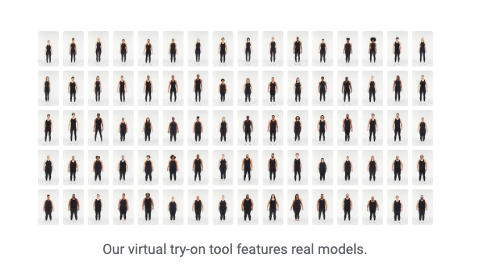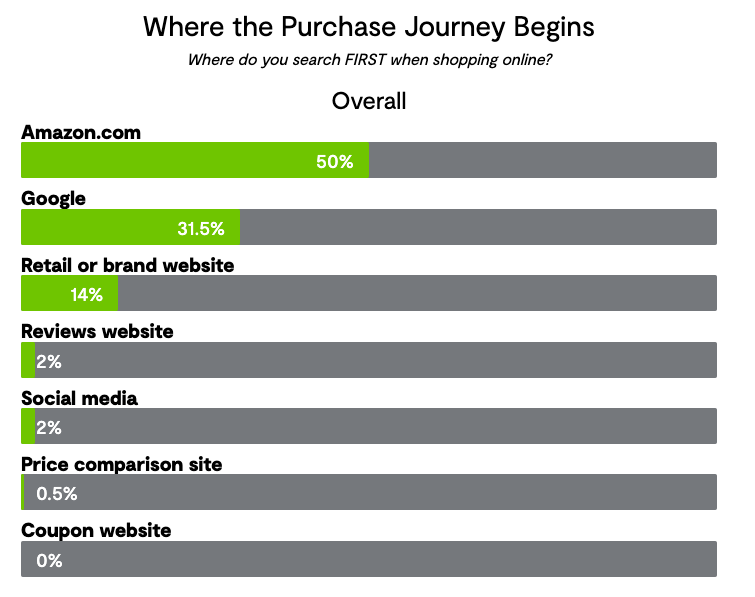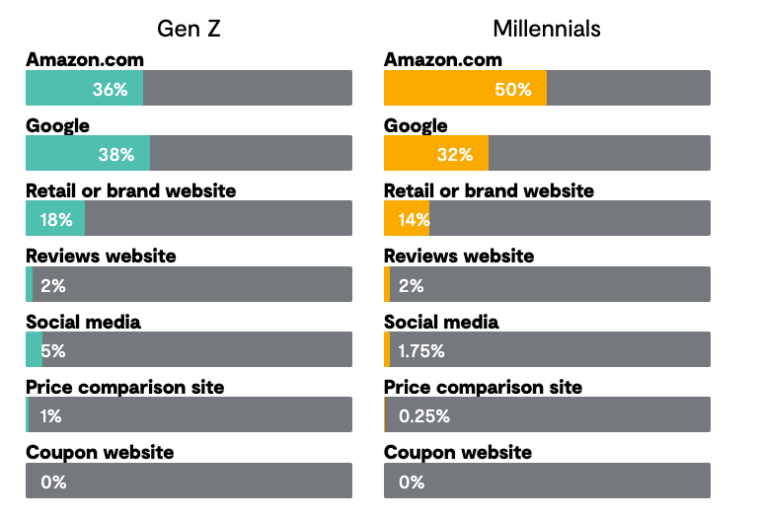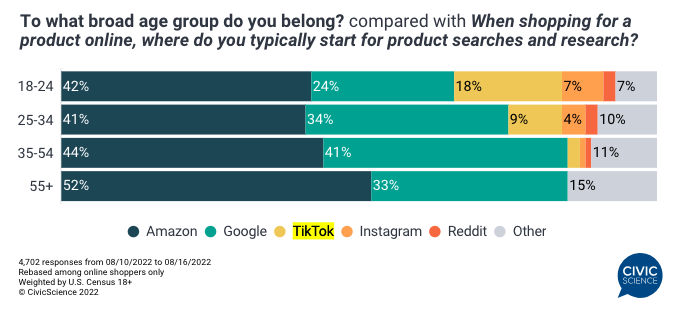Google is expanding its reach in the world of online shopping by harnessing the power of generative AI technology. With the aim of outpacing e-commerce giants like Amazon, the Alphabet Inc.-owned company has unveiled a range of new features designed to enhance the shopping experience for consumers.
Google Introduces Innovative ‘Virtual Try-On’ Feature to Revolutionize Online Clothing Shopping
According to a Bloomerg report, one of the key features announced by Google focuses on helping shoppers visualize how the clothing will fit them, regardless of their body size.
Everyone who has bought clothes online knows that trying to determine whether something will fit them can be a huge hassle.
Leveraging its search and image-recognition technology, Google has developed capabilities that enable users to understand how apparel will look on different body types.
By overlaying clothes on images of diverse models, ranging from XXS to 4XL sizes, Google provides a virtual “try-on” experience. The company captured images of these models during the development process to ensure a realistic representation of how the clothing will appear.
Initially launching with women’s tops in collaboration with retailers such as Anthropologie and Everlane, the try-on feature will later expand to include men’s clothing.

Maria Renz, Google’s vice president stated:
“We’ve always been committed to an open ecosystem and a healthy web, and this is one way where we’re bringing this technology to bear across merchants.”
By incorporating generative AI technology into its shopping features, Google aims to establish itself as the go-to destination for online shopping. Renz also highlighted the importance of an open ecosystem and a healthy web, emphasizing how this technology enables merchants to connect with consumers in innovative ways.
Amazon’s Dominance as Preferred Platform for Online Shopping
While Google dominates as the world’s leading search engine, a survey conducted by Power Reviews in April this year revealed that, when it comes to initiating their search for products, Amazon emerged as the clear leader, with 50% of the respondents stating that they begin their online shopping journey on the platform.
Google ranked second, with 31.5% while retail or brand websites were the preferred choice for 14% of the participants. Review websites and social media platforms each accounted for 2% of the respondents’ initial search preferences.

However, when examining the preferences of Generation Z, a shift becomes apparent. Among this younger demographic, Google surpassed Amazon as the preferred starting point for online shopping, with 38% of Gen Z respondents indicating Google as their go-to platform, compared to 36% for Amazon.
This highlights the significance of Google’s presence and relevance among younger consumers.

Furthermore, Generation Z exhibited a unique inclination towards social media platforms when beginning their shopping journey, with 5% of respondents from this demographic stating that they initiate their search on social media.
This suggests that social media platforms play a significant role in influencing the purchasing decisions of Gen Z consumers, presenting a valuable opportunity for brands and retailers to engage with this demographic through strategic social media marketing.
A more recent survey by CivicScience revealed that among online shoppers from Generation Z, 18% prefer to start their search on TikTok, while nearly 10% of those in the 25-to-34 age bracket also opt for this platform.
However, Amazon remains the dominant choice across all age groups, with over 40% of shoppers relying on it. Interestingly, Google experiences a significant decline in usage among Generation Z shoppers, with just under one-quarter of them starting their online shopping journey on the search engine.

To stay ahead, Google recognizes the need to capture the attention of younger audiences, as 18% of Gen Z online shoppers turn to platforms like TikTok for their initial research. With this in mind, Google has incorporated AI-powered shopping exploration features aimed at attracting and engaging younger demographics.
Related Articles
- How To Buy An NFT: The Ultimate Guide
- How Snapchat Gets Users Addicted – 76% of Its Users Use Social Media Daily
- ETH, SOL, ADA, MATIC Take Fresh Beating Following Fed’s Hawkish Message – Are We in a New Altcoin Bear Market?
What's the Best Crypto to Buy Now?
- B2C Listed the Top Rated Cryptocurrencies for 2023
- Get Early Access to Presales & Private Sales
- KYC Verified & Audited, Public Teams
- Most Voted for Tokens on CoinSniper
- Upcoming Listings on Exchanges, NFT Drops
